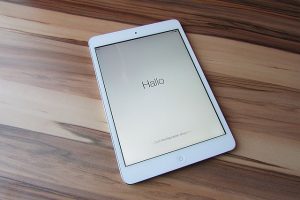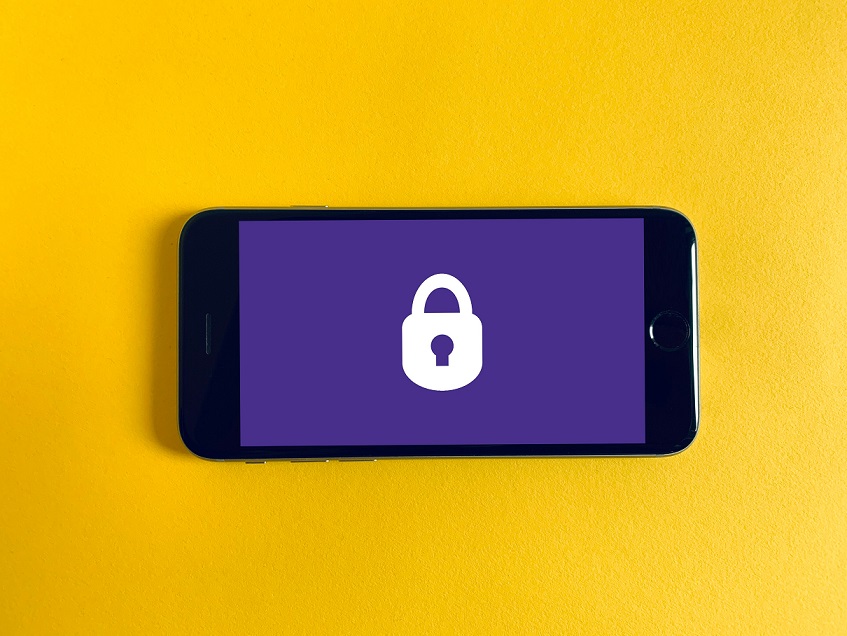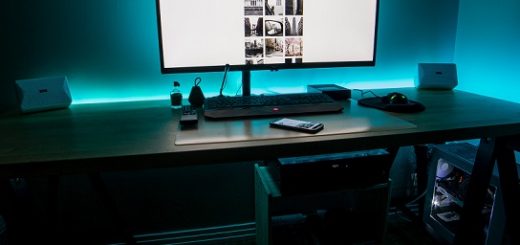What are interesting facts related to tablets?

Here are some more details on the interesting facts related to tablets:
- Tablets were first conceptualized in science fiction: The idea of a portable computer device that could be carried around like a notebook was first popularized by Star Trek in the 1960s. The fictional device was called a PADD (Personal Access Display Device), and it was essentially a flat, handheld computer that could display information and be controlled with touch-based gestures. The PADD bears a striking resemblance to modern-day tablets.
- The first commercial tablet computer was the GRiDPad: The GRiDPad was released in 1989 by GRiD Systems Corporation, and it was one of the first portable computer devices to use a pen-based input system. The device had a monochrome display, a battery life of about 10 hours, and could be used for a variety of applications, including note-taking and data entry. However, the device was relatively expensive and never gained mainstream popularity.
- The Apple iPad was released in 2010: The iPad was a game-changer for the tablet market, as it was the first tablet to feature a multi-touch display and an intuitive interface that was easy to use. The device was an immediate success, and it quickly became the gold standard for tablet computing. Since then, Apple has released numerous iterations of the iPad, and the device has become a popular choice for both personal and professional use.
- The global tablet market is expected to be worth over $20 billion by 2026: According to a report by Zion Market Research, the global tablet market is expected to grow at a CAGR of around 4.5% between 2021 and 2026. The report cites increasing demand for portable computing devices and growing adoption of tablets in the education sector as key drivers of market growth.
- Tablets are particularly popular with children: According to a survey by Common Sense Media, over 50% of children aged 3-7 use a tablet at least once a week. The survey found that tablets are often used for educational purposes, with parents citing their ability to provide interactive learning experiences and access to educational apps as key reasons for their popularity.
- Tablets are often used in the medical field: Tablets are frequently used in healthcare settings to access electronic health records (EHRs), as well as to track patient data and communicate with colleagues. Tablets can also be used to display medical images, such as X-rays and MRIs, and to provide patients with educational materials.
- Tablets are generally more environmentally friendly: Compared to traditional desktop computers and laptops, tablets are generally more environmentally friendly due to their smaller size and lower power consumption. Tablets typically use less energy than traditional computers, and they also have a smaller carbon footprint due to their smaller size and reduced need for manufacturing materials.
- The largest tablet ever made was the Samsung Galaxy View: The Galaxy View was a massive tablet with an 18.4-inch display. The device was marketed more as a portable TV than a traditional tablet, and it was designed to be used primarily for media consumption. However, the device was relatively expensive and never gained mainstream popularity.
- Tablets are sometimes used in the bathroom: In 2015, a survey by Staples found that 31% of Americans reported using their tablets in the bathroom. While this may seem like an odd use case, it highlights the portability and versatility of tablets.
- The word “tablet” comes from the Latin word “tabula”: The word “tablet” comes from the Latin word “tabula,” which means a flat board or writing tablet. This etymology reflects the flat, portable nature of modern-day tablets, as well as their ability to display and manipulate digital information.



